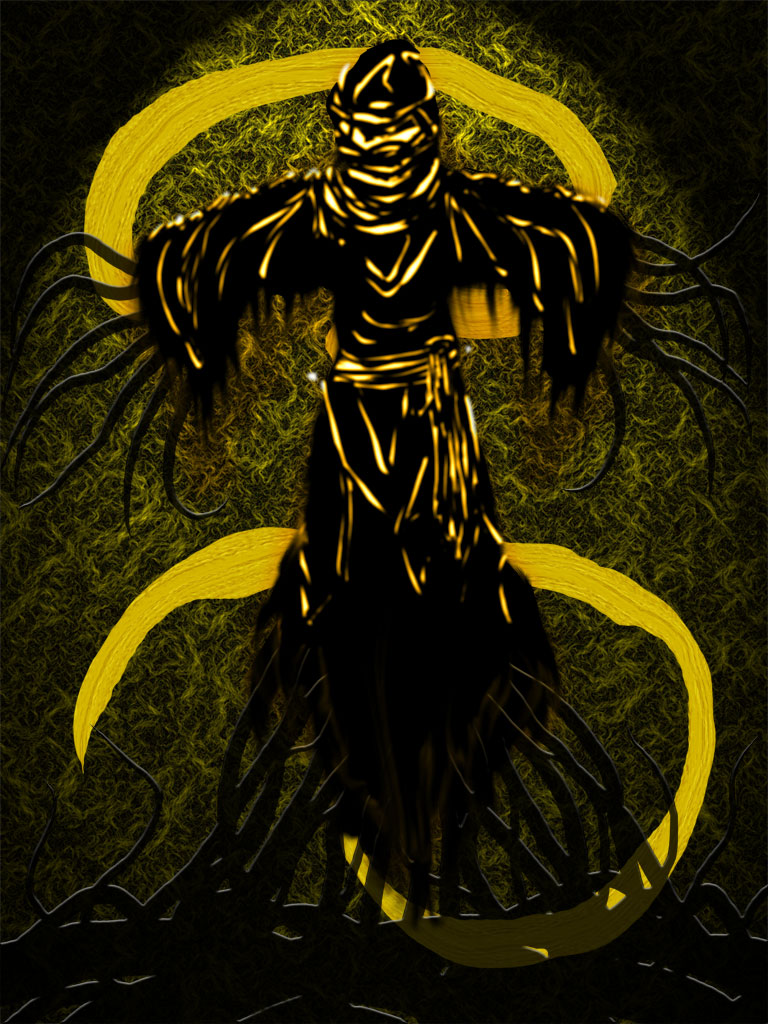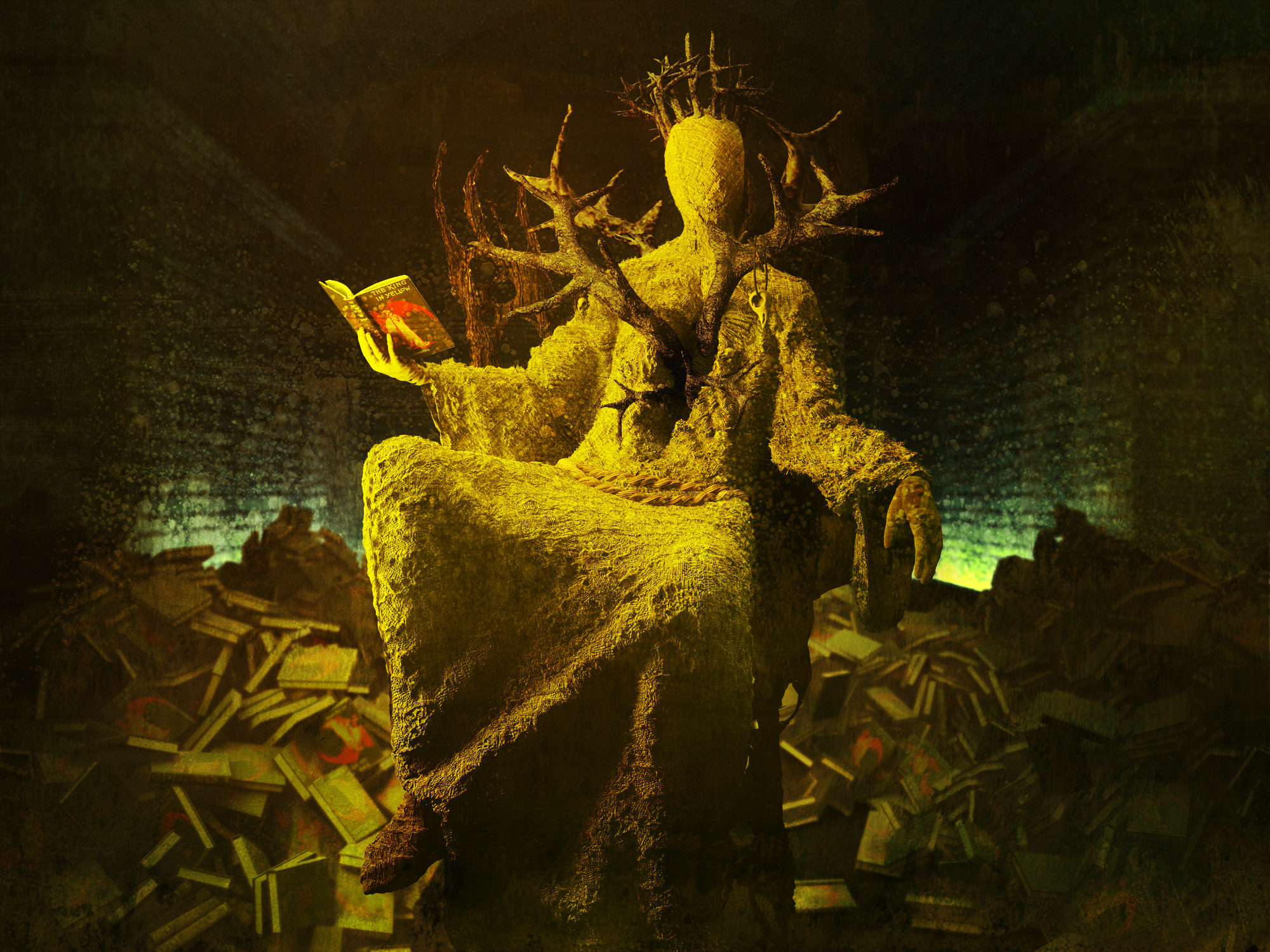

He is, in the story “The Call of Cthulhu,” the harbinger of the apocalypse, his mere awakening would mean the end of all life as we know it. This could be an allusion to Cthulhu himself, the bat-winged behemoth with the head of an octopus and tentacles over his mouth. Errol Childress, the Yellow King’s true identity, is described by children as the “spaghetti-faced man” owing to his distinctive facial scars. There’s a lot of cosmic horror in everything having to do with the Yellow King in the series, and they all point back to Lovecraft’s Cthulhu Mythos. As the investigation continued, Cohle and his long-suffering partner Marty Hart (Woody Harrelson) began to uncover long standing corruption and cover-ups which allowed the cult of the Yellow King to thrive. Women left dead, bound, naked, and adorned with antlers gave the impression of some dark, deep evil, far more ceremonial and ritualistic than the usual murder. The aforementioned flat circle of time is one example, but even the serial murders at the heart of the story.

What separated the first season from all other gritty police procedural was how the mystery worked in troubling metaphysical themes. But in addition to a few bravura directorial flairs and some ponderous bloviating by Matthew McConaughey’s Rust Cohle, the one thing everyone remembers is the season’s terrifying villain, the Yellow King, and his cosmically strange home base of “Carcosa.” Given the show’s lackluster sophomore season, and the four-year gap between then and season three premiering January 13, it wouldn’t be that surprising if you’ve forgotten most things about season one.

Time is, it has been said, a flat circle, but it’s like it’s from a different era.

It’s been a full five years since the first season of HBO’s True Detective, which feels at once like an exceptionally long time and like no time at all.


 0 kommentar(er)
0 kommentar(er)
